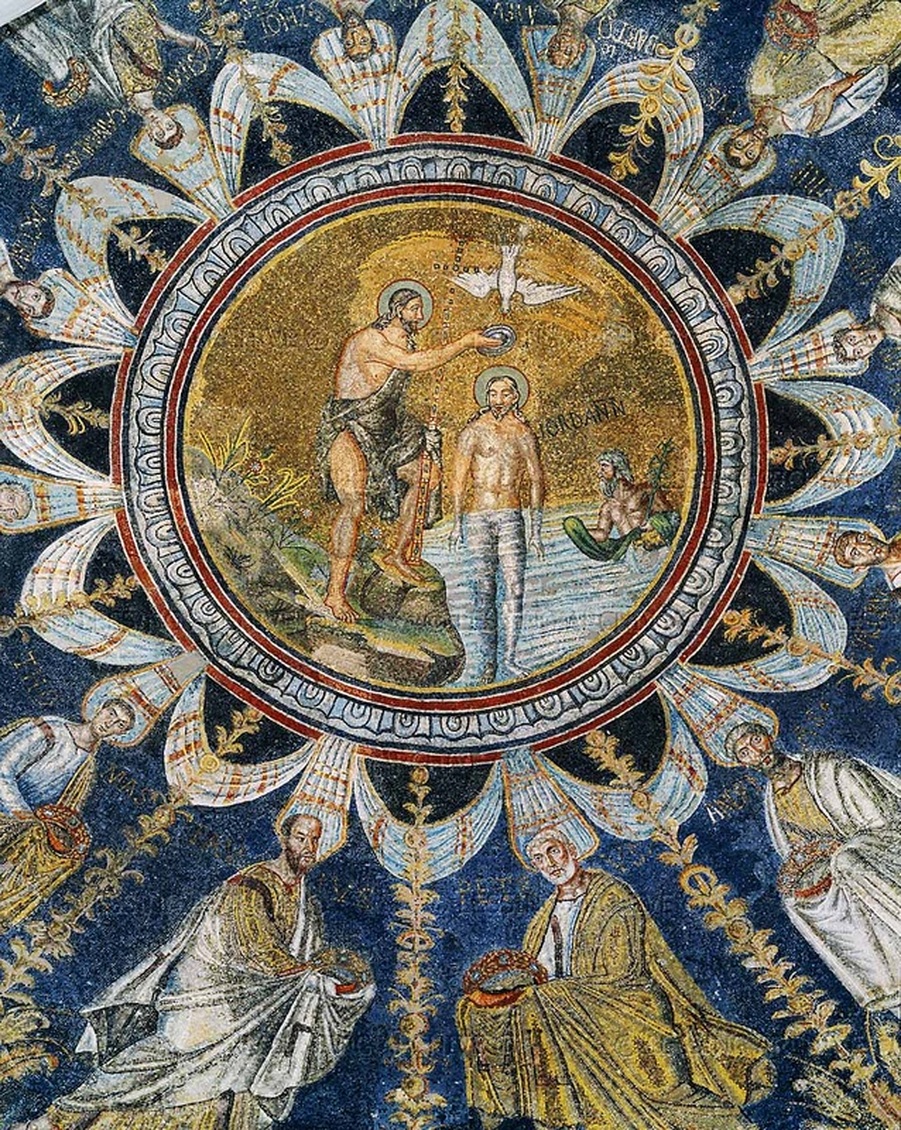First, let's go to the Bible.
"So, God created man in His own image, in the image of God he created him; male and female He created them." Genesis 1:27 (NIV)
"The Word became flesh and made his dwelling among us. We have seen his glory, the glory of the One and Only, who came from the Father, full of grace and truth." John 1:14 (NIV)
The words from Genesis strongly suggest that every human being is created with inherent dignity and worth. The verse from the New Testament proclaims that God Himself, in Jesus Christ, "became flesh" -- that is to say, was, in a particular place, in a particular time, born a human being.
And, let's consider a book from the Bible: The Song of Songs. Both Jewish and Christian scholars have been so profoundly uncomfortable with this text, that they have interpreted it as metaphor. For many Jewish commentators, the book speaks symbolically of the love of God for His people, Israel. For many Christian teachers, it reveals the love of Christ for His Bride, the Church. But, to anyone who approaches the text at face value, it very forthrightly and enthusiastically expresses erotic love between and man and a woman. Yet, there it is, a book of the Holy Bible.
Now, let's look at two images. One, from a Victoria's Secret catalog. And one from a masterpiece of Christian art, the Ghent Altarpiece, by the Van Eyck brothers, completed in 1432. Which one best fits your definition of pornography?

Victoria has never had very many secrets, has she?
The underwire push-up bra. About as comfortable to a woman as a tight necktie is to a man. It could be worse, tho. We could still be wearing corsets.

A detail from the Ghent Altarpiece.
At the top of this piece, see the Sacrifice of Isaac. The angel will appear any moment to stay Abraham's hand.
Below, see the woman. Her name appears on the arch over her head. Eva. She holds a fruit in her hand. Any moment, she will take the first bite.
To the modern American eye, she appears to be pregnant. Not the case. In the Northern Renaissance, the ideal female body type had small, high breasts, a long torso, and a large stomach. Ideals of feminine beauty are, after all, cultural.

The Ghent Altarpiece is also known as "Adoration of the Mystic Lamb." Here is a detail from the lower front panels.
I have only shown two details of this amazingly complex work of art. To explore this masterpiece more deeply, go to Belgium (and, I would so love to go with you!). Otherwise, google the words "Ghent Altarpiece" and click on images. You will be blown away.
Jumping ahead a few centuries:

.

I'll conclude with a question. Do we really want to equate the Sistine Chapel with a Playboy Magazine?

You decide.

 RSS Feed
RSS Feed